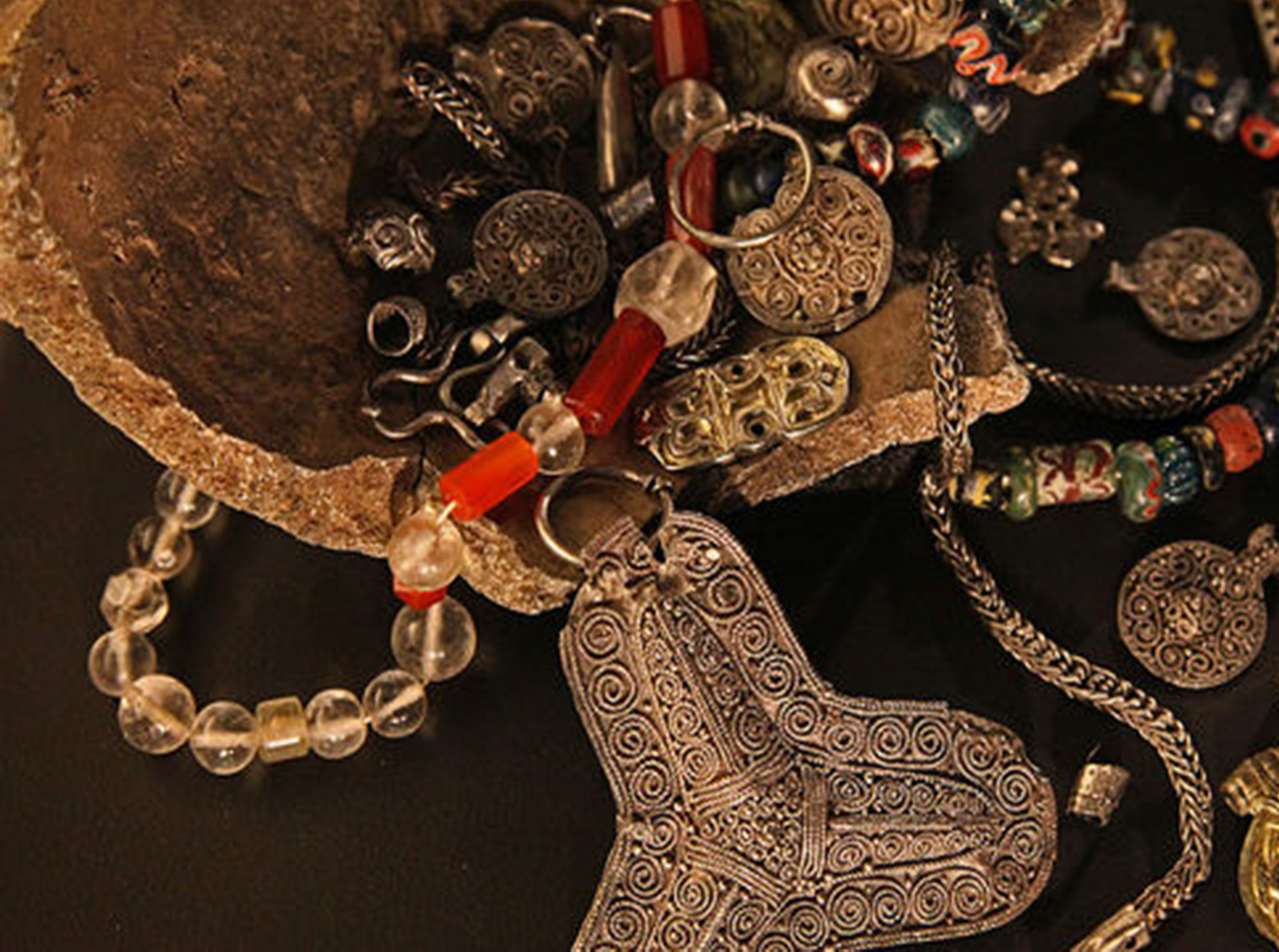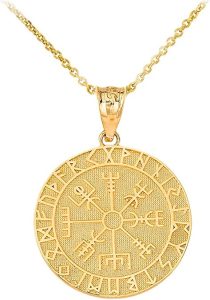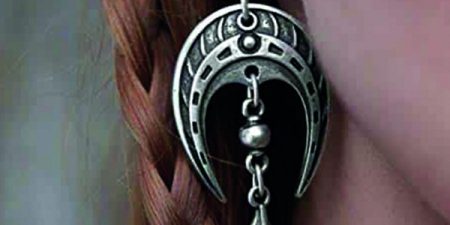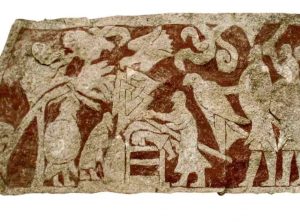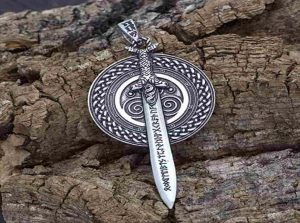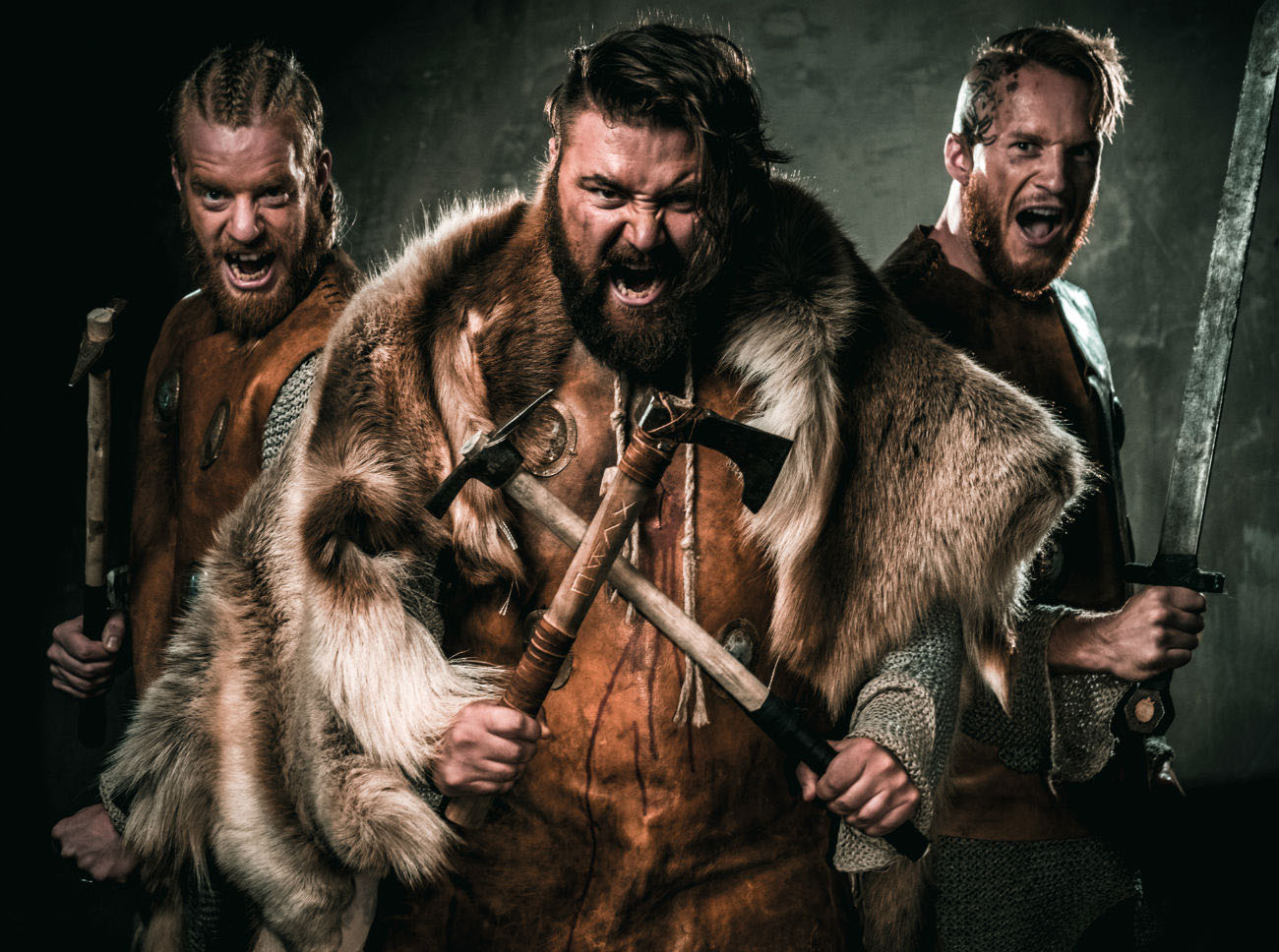Whether You’re A Fan Of Viking Culture Or Want A Nonconformist Wedding Theme, Viking Culture Features A Wide Range Of Symbols And Elements You Can Integrate Into Your Wedding Celebration. The Viking Jewelry Found At Historic Burial Sites Show That Jewelry Pieces Had Multiple Roles In The Viking Culture, Including Social Status And Spirituality And They Featured Both Zoomorphic And Vegetal Elements, In Combination With Geometric, Twisting And Interwoven Patterns.
The Pieces Of Jewelry The Viking Wore Continue To Inspire, Even Today, Craftsmen Around The Globe. A Wide Range Of Viking Wedding Jewelry Pieces Can Be Found Online, Both For Men And Women, So Let’s See Some Impressive Viking Inspired Wedding Jewelry Pieces You Can Proudly Wear At Your Wedding.
The History of Viking Jewelry
In studying a culture that existed and thrived such a long time ago, we can allow their artworks, written sources and archaeological excavations to guide us in sketching central coordinates of their existence. These sources indicate us that the Vikings were engaged in an active manner in farming (cattle breeding and agriculture) and weapons crafting, but also in manufacturing jewellery and decorations.
Archaeological excavations show us that they also had a rich artistic and spiritual life. Both Viking women and men wore jewellery that had beyond practical functionality, even social and self-expression functionalities.
Viking jewellery (seen as adornment) is part of a more significant symbolic system, used to convey cultural and social identity messages. According to research made on archaeological discoveries, the Viking jewellery played a significant role in three society dimensions: in social status, in gender roles (also as gender identifier) and also had a substantial contribution in the religious-magical realm of the Viking society.
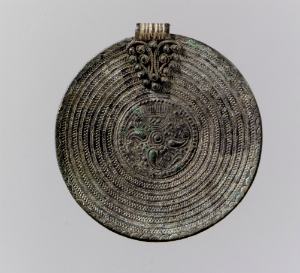
Most of the jewelry pieces the Vikings wore were made of metal (rarely gold, they often used silver, bronze, and bone) and featured zoomorphic images (snakes and various twisting shapes). During archaeological excavations, stunning Viking jewelry pieces have been discovered. Beautiful and elegant jewelry pieces are exhibited in museums, and not surprisingly, after more than a millennium, the Viking jewelry still is a source of inspiration for nowadays jewelry artisans.
The Vikings created the adornment pieces using the “lost wax” method, and it was a common practice, just like in many other medieval cultures, to use jewelry as a form of currency. Jewelry collections include a wide range of pieces, like neck rings, necklaces, brooches, rings, earrings, arm rings and armbands, pendants, and amulets. The most popular symbol is the snake, and Thor’s Hammer has a strong symbolism in the Viking culture, being an instrument of protection, blessing, and consecration.
Viking Rings
Many rings have been found in the excavated graves, and along with brooches, they seem to be the most encountered Viking jewelry pieces. Many discovered rings were wide rings, covered with various zoomorphic, vegetal or geometric figures and religious symbols. Seal rings are one specific type of Viking rings, and many of them featured the Helm of Terror, Yggdrasil (the Tree of Life) or The Wheel of the Sun. Some of the rings were opened, allowing them to fit different finger sizes, showing that sometimes they were offered as gifts or used ass currency or even left as an inheritance for the next generations.
Viking Necklaces and Neck Rings
Necklaces crafted by Vikings were real pieces of art. Made of metal and embellished with precious stones, glass beads, bone, ivory, amber or metal charms, they were built around a metal wire or a natural fibre (such as leather) and had various sizes and lengths. Featuring strong symbolic elements like geometric, zoomorphic or vegetal elements, the Viking necklaces were usually crafted in silver and showed the social status of the person who wore them.
Neck rings were other essential jewellery pieces for the Vikings, and they often had at both ends the head of a snake or a wolf (different models have been discovered in burial sites, too) and twisting shapes on their length. Pendants is that category of Viking jewellery that includes an extensive range of models, and they were often made with gods’ images or protective symbols: Wheels of the Sun (symbol for prosperity, wealth and success), Moon Swastika (a female symbol for goddesses), Frigg (gods’ mother, Odin’s wife, awakens the intuition and brings love and peace in families) or Frey (fertility’s goddess, it is said that enhanced sensuality and attraction).
Viking Earrings

These pieces of jewellery were not often encountered in Viking outfits, as archaeologists explain that in the early ages they did not wear earrings at all. As they expanded their territories and met other peoples wearing earrings, they adopted these adornment objects and also started crafting them. There have been discovered in the burial sites both simple silver earrings models, but also featuring little stones and charms and even a particular type of earring that covered the entire ear.
Even now, after more than a thousand years, the Viking jewelry pieces represent models for nowadays artisans. This peoples’ ornaments are even today loved by many people worldwide and the symbols carefully crafted into these pieces are believed to protect their owners or give them strength. Even for those who do not believe in the protective powers the Viking jewelry pieces carry, they still represent elegant, beautiful pieces that can complement an outfit. Crafted both for aesthetics and function, the Viking jewelry pieces constituted an essential element of the self-expression dimension of the society, and it is fantastic that this heritage has survived until present days.

